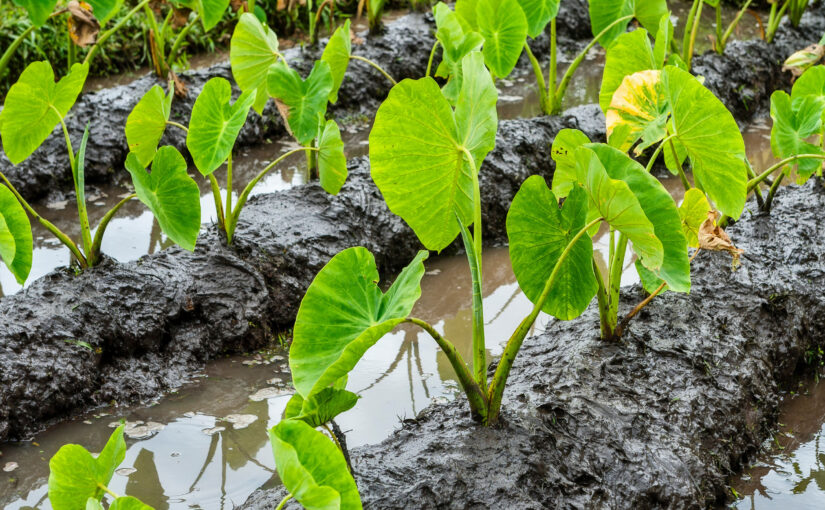
The ancient Hawaiians were a fierce and strong people. Their diet was based on the concept of “ahupuaʻa,” a system of land division that allowed for self-sufficient subsistence farming. The ahupuaʻa diet consisted of nutrient-rich foods that provided the energy and sustenance needed for a strong and active lifestyle. In this blog, we will explore what we can learn from the ancient Hawaiian diet, what it consisted of, and how it influenced the modern Hawaiian diet.
The Ancient Hawaiian Diet
The ancient Hawaiians relied on a diverse range of nutrient-rich foods. These foods included fish, taro (kalo), sweet potato, breadfruit, banana, and coconut. Fish was a staple of the Hawaiian diet, providing protein and omega-3 that was essential for a healthy heart and brain. Taro was considered to be a sacred food, and it was an integral part of the Hawaiian culture. It was a source of carbohydrates that was slowly digested, providing sustained energy throughout the day. Sweet potato was another source of carbohydrates that helped to fuel the body, while breadfruit was a good source of fiber and vitamins. Bananas were a good source of potassium, which is critical for maintaining healthy blood pressure levels. Coconut was used in many dishes and provided healthy fats that were essential for brain function and overall health.
The Ancient Hawaiians Were Lean and Strong
The ancient Hawaiians were lean and strong. Their active lifestyle and nutrient-rich diet provided them with the energy and strength needed to thrive. They did not suffer from obesity, diabetes, or heart disease like many modern societies. Their diet was naturally gluten-free and grain-free, which helped to prevent inflammation and promote gut health. The Hawaiians did not consume refined sugars, which are known to contribute to many modern health problems.
The Importance of Taro (Kalo)
Taro was a sacred food to the Hawaiians, and it played a significant role in their culture. Taro was grown in wetlands, which required a complex system of irrigation and terracing. The Hawaiians believed that consuming poi, a traditional dish made from taro, could be attributed to the excellent physical condition of ancient Hawaiian warriors. Moreover, poi was also eaten by pregnant women and infants, symbolizing the importance of the food in the Hawaiian diet.
Science has since supported the Hawaiian’s efforts of preserving taro into Hawaiian culture. Through scientific research, they discovered that taro is a resistant starch, which means that it resists digestion and ferments in the gut, promoting gut health. The resistant starch in taro also feeds beneficial gut bacteria, which helps to improve digestion and overall health.
The Influence of Grains on the Modern Hawaiian Diet
Unfortunately, the modern Hawaiian diet has been heavily influenced by processed and refined grains. Rice, bread, pasta, and other grain-based foods have become popular, leading to a host of modern health problems such as obesity, diabetes, heart disease, and inflammatory disorders. The ancient Hawaiian diet was based on whole, nutrient-rich foods that were naturally gluten-free and grain-free. By returning to these ancient dietary practices, we can improve our health, reduce inflammation, and support gut health.
Benefits of a Grain-Free Diet
A grain-free diet is a healthy option for improving overall health. Grains contain lectins and phytates, which are compounds that can contribute to inflammation and gut problems. A grain-free diet can help to reduce inflammation and improve gut health, promoting overall health and well-being.
What We Can Learn From The Ancient Hawaiian Diet
The ancient Hawaiian diet provides an inspirational example of healthy eating practices. The diet was based on whole, nutrient-dense foods that provided sustainable energy and strength. The Hawaiians were lean and strong, living an active lifestyle that promoted good health. The Hawaiians understood the importance of preserving traditional practices and food sources, such as taro, which has since been confirmed through science.
Today, we can learn from the ancient Hawaiians and adopt a diet that is based on whole, nutrient-dense foods. We can embrace resistant starches like taro and incorporate them into our diets. By doing so, we can improve our health, reduce inflammation, and promote gut health. It is time we all get back to our roots, no pun intended.
Disclaimer: This post is for informational purposes only and should not be construed as medical advice. Please consult a healthcare professional for personalized dietary recommendations based on individual needs and health conditions.


